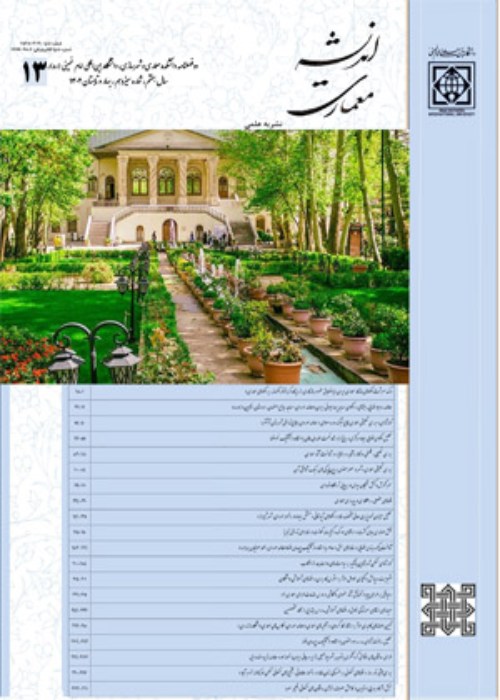Introducing tools for measuring the level of creativity of children participating with the architect in the architectural design process for children
In recent years, the participation of architects and children in architectural design for children has been the focus of many architectural designers. Since creative response to architectural issues is an important criterion in the qualitative evaluation of architectural work The key is to find a tool to assess the effective level of creativity of the children involved in the design process. Explain the results of the evaluation of the child's creative abilities in improving the quality of the participatory work to the architect. Research Question: This study seeks to answer two main questions: 1- What are the steps to create tools for measuring and evaluating the level of creativity? 2- How can an architect choose his or her most creative little colleagues on a level beyond the usual ways of engaging with children?
This is a qualitative research with an applied purpose. Preliminary data were collected by library method. To analyze the content and infer from the data, the combined method of Sandlowski and Barroso was used. The validity of the conclusions was checked using the Glynn tool. The results were categorized in MaxQDA 10 environment. The proposed research tool was used experimentally four times in June and July 2020. The first and second time were performed by the authors and by retesting on 30 children (15 boys and 15 girls 8 to 12 years old). The third and fourth stages were performed by two other examiners on two separate groups of 30 people with the same sexual and age conditions. Validation of test results was performed by inferential statistics and by calculating Pearson correlation coefficients in SPSS 25 environment.
The results showed that in the field of answering architectural problems, children's creative abilities are different from each other. Therefore, it is necessary that those capabilities of the child that can be effective in the production of participatory architecture works be evaluated and evaluated by the architect before starting the participatory process to provide a platform for more creative children to enter the design process. Therefore, the tool "Measuring the level of creativity of children participating with the architect" was presented in the form of "instructions" and "table of quantification and final inference". This tool was formed based on performing four games and the method of calculating and measuring children's scores And contains three "worksheets". The first worksheet is the "Game Execution Guide" which describes the order, instructions, purpose and basis for scoring each game. The title of the second worksheet is "Score sheet" in which the characteristics of the child being tested, the assigned small grades and the raw grade calculated according to the instructions in the worksheet are recorded and a worksheet is completed for each child. The third worksheet is called the "Level Measurement and Determination Worksheet". "Raw grades" of children are recorded in this worksheet according to the results in worksheet number 2 And according to the guide in the worksheet and based on statistical standards, the "standard score" of the child is calculated in the components of fluidity, initiative, flexibility and expansion, as well as the "final standard score with positive or negative sign".
-
Comparison of the effect of naltrexone with or without fluoxetine for preventing relapse to opioid addiction
Azadeh Soltanifar *, Arezou Ashari
Journal of Fundamentals of Mental Health, Oct-Nov 2024 -
Impairments in Patterns of Communication and Functions in family of Adolescents with Bipolar Disorder
Farzaneh Tayarani-Najaran, Ali Mashhadi *, Imanollah Bigdeli,
Research in Clinical Psychology and Counseling,



